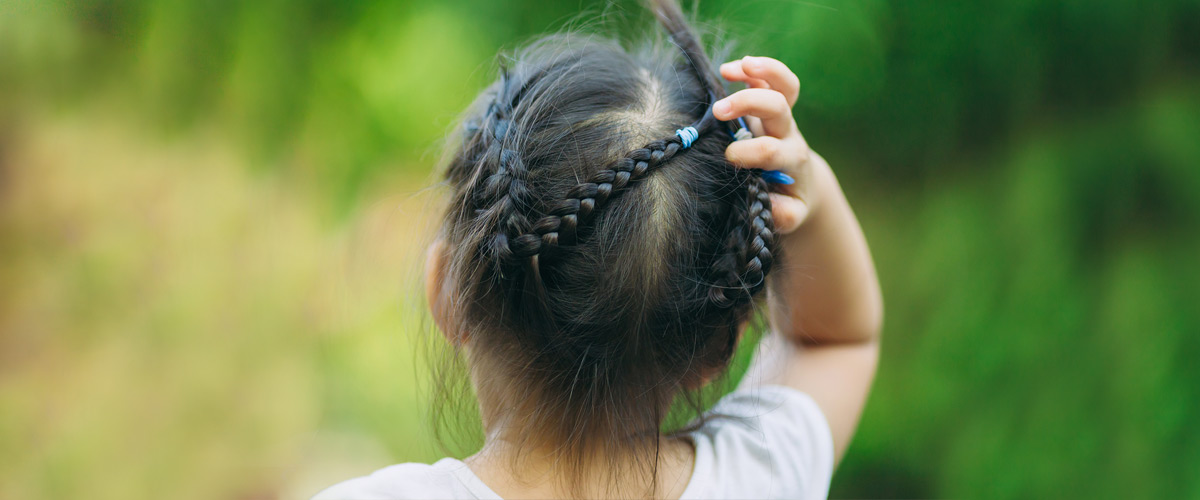-
MOOV Head Lice Removal Comb
MOOV Head Lice Removal Comb
Easily detects and removes head lice and eggs.VIEW PRODUCT

Lice are tiny insects that do not have wings, and they don’t have the ability to jump or fly. So the only way they can move is by crawling, which can occur when children put their heads together while playing or sharing hats, caps and brushes. It is recommended to not share any objects/material between each other.
1. Lice can jump from head to head
Lice are tiny insects that do not have wings, and they don’t have the ability to jump or fly. So the only way they can move is by crawling, which can occur when children put their heads together while playing or sharing hats, caps and brushes. It is recommended to not share any objects/material between each other.
2. You are more likely to get head lice if you have bad personal hygiene habits
Head lice don’t discriminate, they like both clean and unwashed hair. These bugs plant their eggs onto hair follicles, and are immune to scent, sweat and dirtiness. Nits don’t discriminate or care what portfolio you have, they will stick and cling onto any piece of hair. To be cautious of nits, it is recommended to check children’s hair regularly to ensure it hasn’t been infested. Simple steps may be coating the hair with MOOV Combing Conditioner and using a wide-tooth comb to smooth any knots. Wipe the comb and repeat, working your way throughout the whole head.
3. Head lice prefer long hair
Whether you have short, long, clean or dirty hair, lice will thrive in any hair environment. They are only concerned with the blood they can get on the scalp. Unless you have no hair at all, your risk of head lice will always be the same. Some steps to prevent head lice would be securing the hair in either a bun or plait to minimise movement and infestation of the scalp.
4. Head lice carry and transmit diseases
On the contrary, lice have not been shown to spread diseases. However if infested, you may experience intense itching on the scalp and even develop harsh rashes. Skin may become infected from scratching and feel irritable throughout the whole period.
5. Only children can get head lice
Head lice can infest anyone at any age, whether you are an adult or a child. It is however, more prevalent in children.
6. Lice can live in carpets, beds, clothes and swimming pools
Louse can live up to 2 days away from the scalp, and even on a piece of fallen hair but will die if it cannot host a scalp within that period. It needs regular blood to survive so if there isn’t any supply, there is no likely risk of infestation.
7. You can get head lice from pets (and vice versa)
Human head lice will only live on human hair and cannot thrive in any other species, they have very specific features which can only feed off scalps. Pets have other parasites which are only infested in them such as fleas.
By knowing these myths and preventions, it will be easier for people to understand what can be done to avoid infestation.
Easy to use and Australian owned, MOOV Head Lice gives you and your child peace of mind.
Disclaimer: Always read the label. Follow the directions for use. If symptoms persist, worsen or change unexpectedly, talk to your health professional.